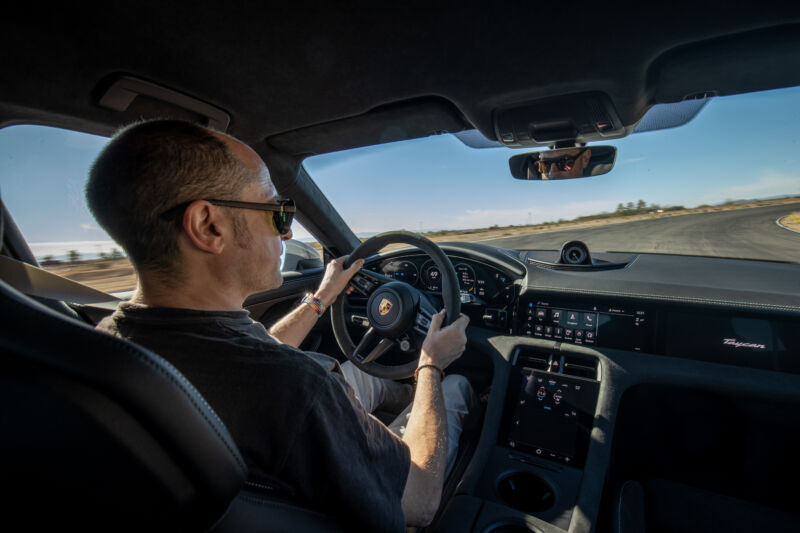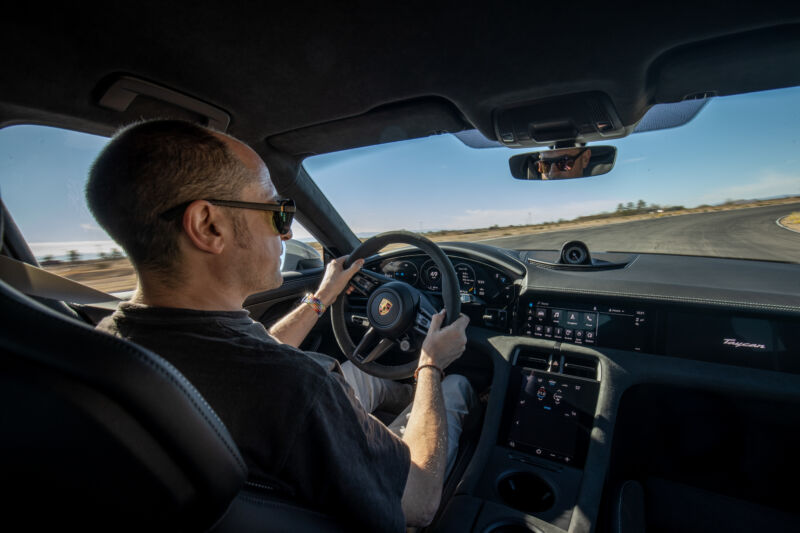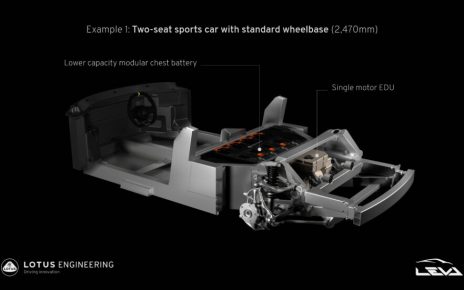
Enlarge / The Porsche Taycan is one of the few new cars to exhibit anything we might recognize as steering feel. That wasn’t always the case. (credit: Andrew Hedrick)
In almost every regard, new cars are better than they’ve been at any time in their history. They’re safer than they used to be—though that is less true for women . Powertrains, particularly battery electric ones, are more powerful and more efficient, which helps to compensate for the extra weight of that added safety equipment. Vehicles are far more reliable, at least for their first 100, 000 miles, and even cheap cars come with standard equipment that would seem like science fiction to drivers from just a few decades ago.
They ride better; they stop better—so everything’s great, right? The problem is that modern cars almost invariably feel a bit boring to drive. The issue is more acute the longer you’ve been driving, as you might expect, since the cause is technological progression—specifically, power steering.
What happened to steering feel?
For much of the car’s existence, steering was entirely unassisted. The driver turns the wheel connected to a steering column that, through links and pivots and usually a gear, turns the front wheels in either direction. That setup was marvelous for feedback, but it was not great in terms of the effort required in order to turn the wheel, particularly at lower speeds.





